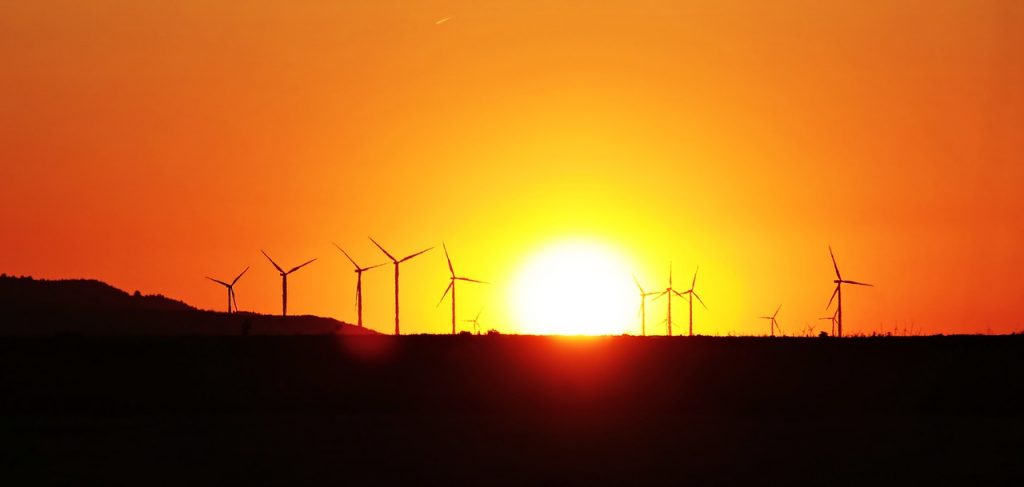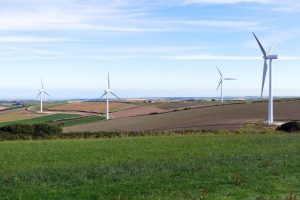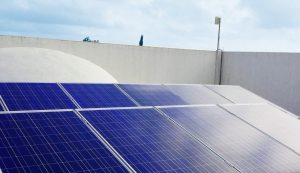Using Renewable Energy in the Modern Home

These days, people are beginning to turn to renewable sources of energy. We usually use electricity from non-renewable resources, such as coal, petroleum, and nuclear energy. Once a non-renewable resource has been used, it cannot replenish itself or may take a long period to do so. Because of this, electricity is both wasteful and expensive if used too much. People are turning to renewable sources of energy to find cheaper and environmentally friendly alternatives. Choosing inexhaustible resources enables you to prevent further harm inflicted on the environment.
Different people turn to renewable energy for different reasons. Here are some that you may be mulling over right now.
- To save money on electricity bills
- To decrease carbon footprint
- To help prevent pollution
- To live a consistently green life
Renewable Resources
Here are some renewable resources and how they can be used at home:
- Solar energy
- Wind energy
- Hydroelectric power
- Geothermal heat
- Ocean’s thermal and mechanical energy
- Use of hydrogen
- Biomass energy
- Air source heat pump
Solar energy is sunlight captured to be converted into heat and electricity. You can use photovoltaic (PV) systems to convert sunlight that hits your roofs to electricity that powers your appliances at home.
By using solar panels, you can decrease electricity use while lowering your bills. Your government may even give you the added incentive of reduced taxes. Initially, you do have to invest in the installation fees.
While solar energy is limitless, you will have issues with getting enough if you live in a cloudy area or one that only has limited hours of sunlight exposure.
Wind energy is another great, environmentally safe option. Wind-powered turbines can provide you with electricity without having to generate carbon dioxide. It seems like this clean energy can give you so much with something so simple. However, turbines can only be successfully built in rural areas, not in cities where electricity is needed.
For those who live in rural areas, taking advantage of wind systems to generate electricity can help you save money. The savings can be as much as a few hundred dollars a year.
Some governments build dams with turbines to use the power of water to generate electricity. What is great about hydroelectric power is that there is no need to rely on large-scale dams. Small-scale dams can also make it happen for smaller areas. At the moment, however, there are still many issues to be resolved. The dam operations often use more energy than they can produce. Building the dams has also displaced some water ecosystems. Therefore, in the end, its overall safety is still questionable.
Geothermal heat is derived from under the Earth’s crust. It can sometimes escape through natural occurrences, such as a volcanic eruption. Water is heated and pumped from under the surface to create this energy. It then operates a turbine that generates electricity.
This renewable energy has been forming from underneath the Earth’s crust for a long time but is not as easily accessed as other types of inexhaustible energy. Yet, it still has potential if not for its costly operations. Geothermal plants can also be affected negatively by earthquakes.
The ocean also produces renewable energy. It creates two types: thermal and mechanical. The body of water’s energy depends on its surface temperature. It must be warm to produce ocean thermal energy. Meanwhile, ocean mechanical energy relies on the tides’ ebbs and flows. The good thing about the ocean is that it is more predictable than the sun and wind. Wave energy is more consistent and plentiful.
At the moment, though, only those who live near the ocean can benefit from its thermal and mechanical energy. Landlocked countries and states will not be able to take advantage of what the ocean can provide. Even for those who can, the required large machinery can disrupt the ocean’s ecosystems. Engineers must also consider how the waves can change due to stormy weather.
To take full advantage of hydrogen as renewable energy, you must combine it with oxygen. This combination can create water. It can also be used to generate fuel and electricity after it separates from another element.
The best thing about using hydrogen as a non-renewable resource is that it creates less pollution, being clean energy. However, it cannot completely prevent pollution because it does rely on another energy to create its own.
Yes, you can generate renewable energy from living organisms. A simple example involves burning wood for fuel. However, there are other ways of generating energy from biomass. This variety seems to work to make it a good resource. However, plants, for example, take time to grow. Biomass energy is then not such an efficient and quick way of getting renewable energy.
This renewable energy may sound similar to wind energy and solar energy, but it is a different source in itself. You use air source heat pumps when you take the heat in the air outside of your home to provide you with heating at home. A reverse operation can make it possible for these pumps to help you power your cooling systems, as well. This environmentally friendly system operates quietly and can save you hundreds of dollars a year in electricity bills.
Conclusion
Using a renewable energy resource can be your family’s ultimate environmentally-friendly choice. It helps that your government may also provide an incentive for this green option. The initial costs may well be justified with the results. One of the best and easily accessible renewable energy would be solar power. You can now easily purchase and install solar panels that fit your needs. However, you do have to make sure you have enough heat exposure to make this work.



